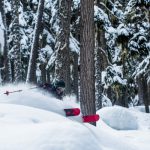Living in Whistler, I am surrounded by a bunch of badass babes who can tackle a six hour mountain climb then slay the downhill like it was a mere sneeze out of their day. To an averagely fit woman who is not necessarily blessed with athletic talents, these ladies are not only incredibly inspiring but slightly intimidating as well, particularly when it comes to finding friends to explore the world of backcountry skiing.
Add the novelty of using the gear, a lack of knowledge about avalanche conditions and uncertainty about the terrain for a general sense of uneasy excitement about heading into the backcountry.
So, armed with a great support group, I dilly-dallied my way under the ‘out of bounds’ ropes on an Intro To Backcountry Tour with Mountain Skills Academy & Adventures, a tour designed for those looking for a first taste of the world beyond the resort boundaries.
Here I share with you some tidbits I learned along the way:

1. You Need More Items Than What You Would Usually Ski Or Ride With
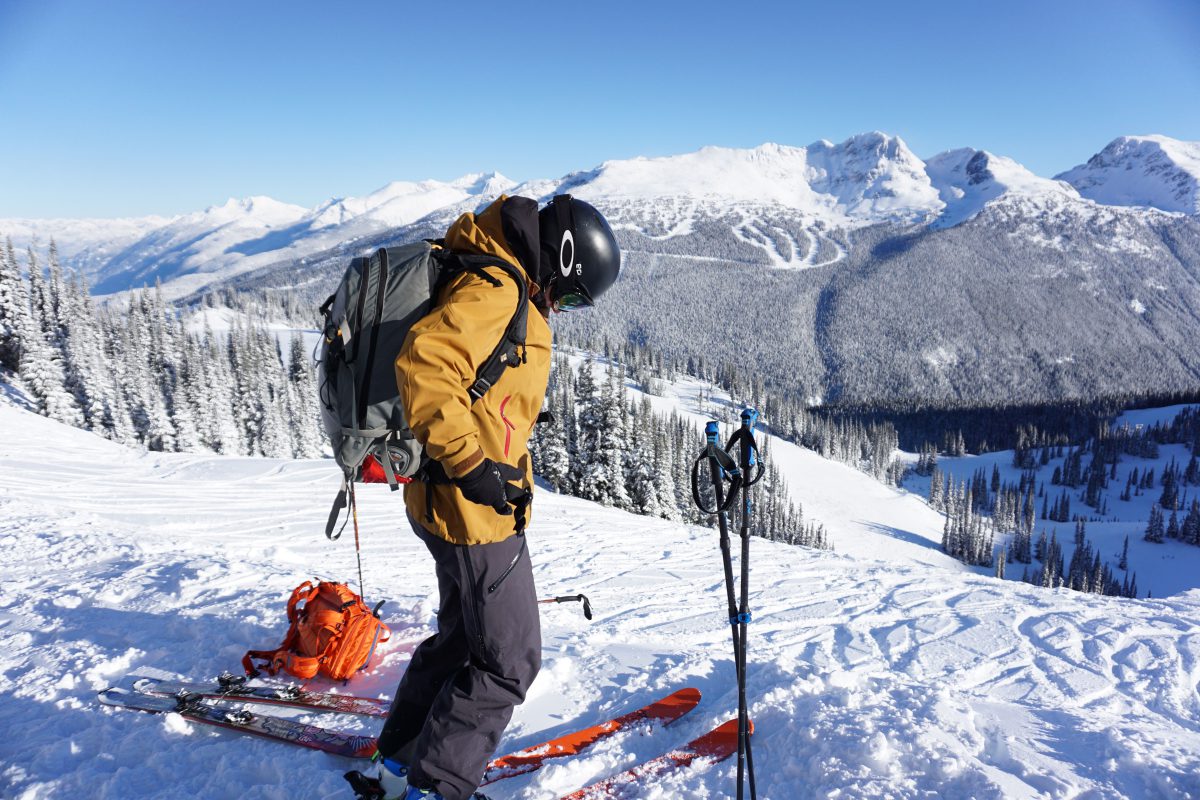
In the backcountry, you need to have more things on hand so make sure you have a backpack that fits the safety gear, skins plus lots of water, lunch and extra snacks.
To ensure your safety and those of others, you need a beacon, a probe and a shovel. In the case of an emergency, the beacon helps you find others or helps others find you. Once a signal is found, the probe will help identify the exact location of the person and the shovel is to dig them out.


You also need the proper equipment, which means a splitboard with touring bindings if you’re a snowboarder or boots with a walk mode and touring bindings for those two-plankers. Skins are another integral part of getting into the backcountry, which attach to the bottoms of your skis or board to help you get uphill. Snowboarders, you’ll also get to use those skier props you’ve been lusting over: poles!
If you don’t have all the gear, don’t fret. Here in Whistler, we’re blessed with many shops that carry everything you need. For this particular mission, we used the brand spankin’ new Escape Route Alpine Demo Centre. Our avalanche safety gear came included in the tour and they also hooked us up with a wicked deal on ski and splitboard rentals.
2. I Need To Exercise More
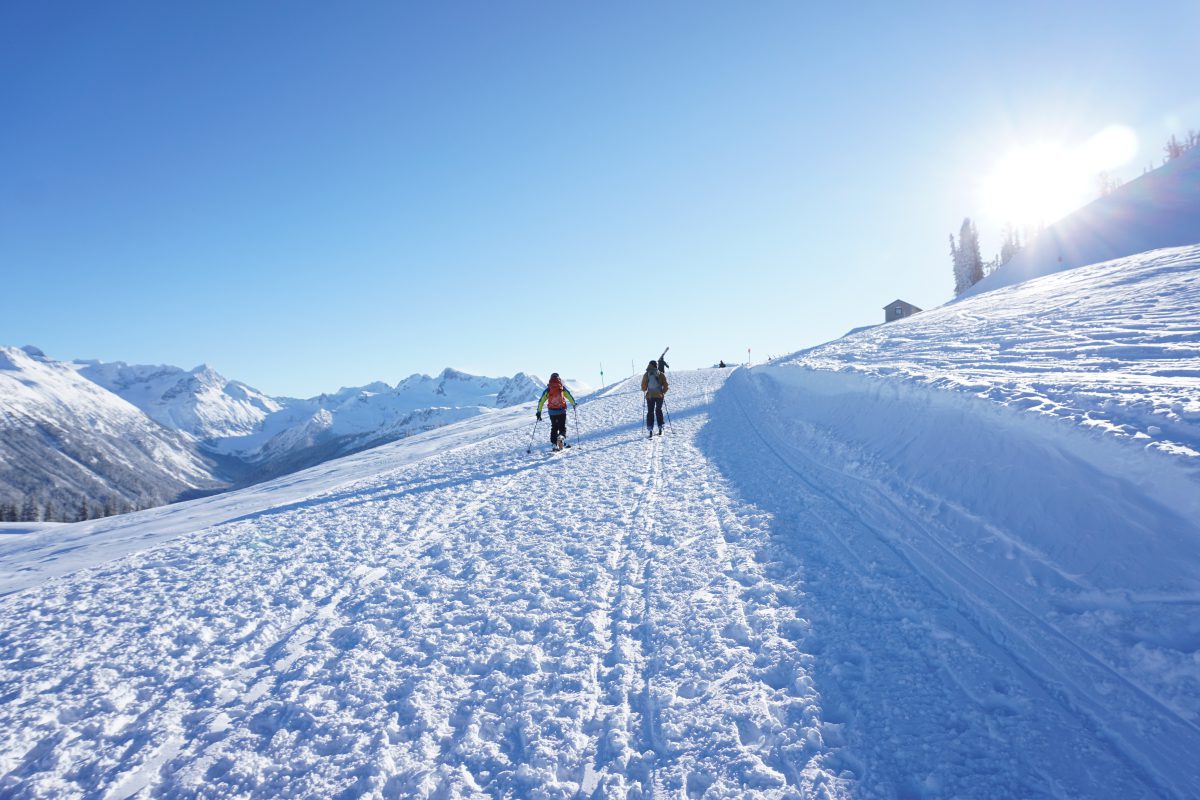
This has always been a well-known fact, which I have chosen to ignore for sometime, but when everyone began sailing ahead leaving me dawdling 10 minutes behind, the evidence was damning. Even dabbling in what some would call “slack country” (due to the lift access), you’re still walking up a mountain and it’s no walk in the park for those who might not be in pristine athletic condition. Earth to Emily: it’s time to pay your old pal Jim a visit.
3. You Can But Don’t Always Get Pristine Untouched Pow
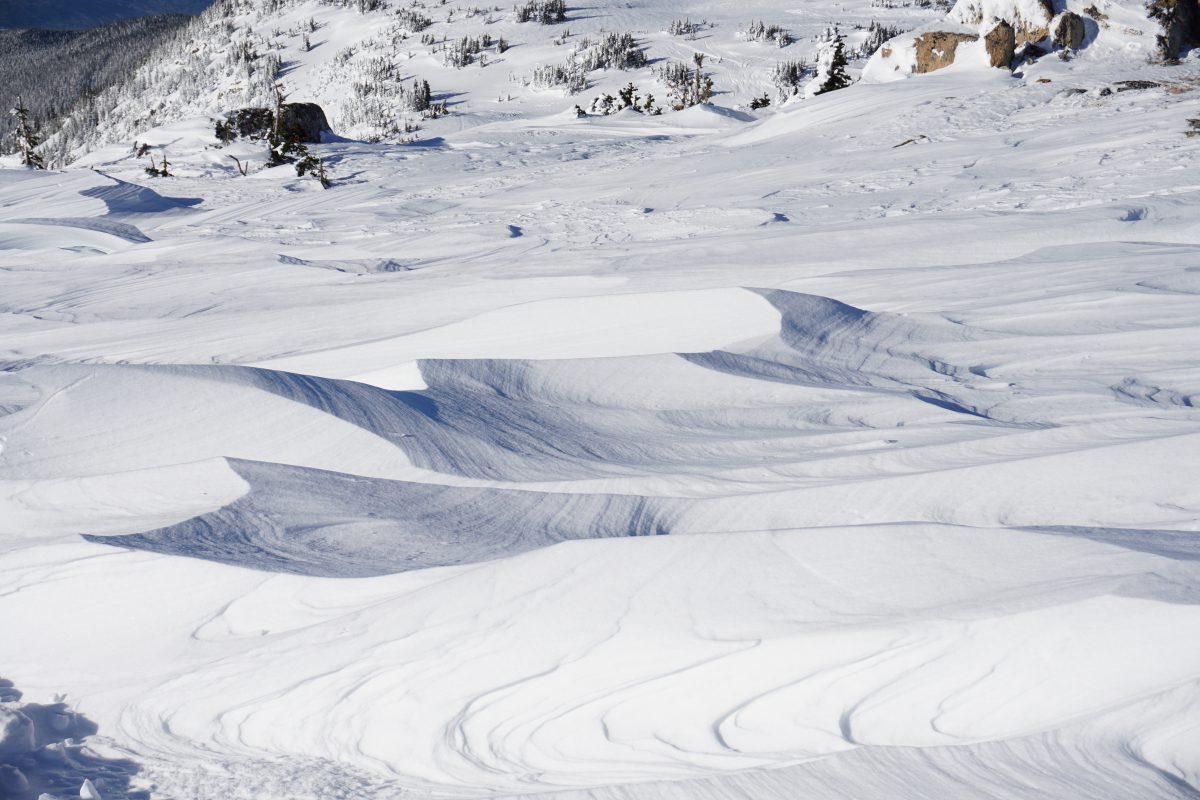
Industry movies and social media portray the backcountry as a mystical place with an endless supply of untouched lines and dreamy pillows. Although there is often powder to be found, my first trip into the backcountry proved that this is not always the case. Even after a fresh dump of snow, there are certain factors that might get in the way of the fluffy turns and face shots of your dreams.
Weather and avalanche conditions are two major disruptors of the pow. Wind during a storm can create hard, crunchy conditions that are not easy to navigate (pictured above). Also, the avalanche risk and the weather on the day of can make or break your expedition. Not to worry, though, just keep your expectations in check, keep an eye on the avalanche forecast and know what you’re getting into before you head out.
4. Bring Snacks On Snacks

A big day in the outdoors can make you hungry and it’s important to keep fueling your body while you burn energy. In addition to a sandwich, I learned it was good to have a couple snacks in your bag and even some backup snacks for those snacks, just in case. Granola bars, fruit, nuts and veggies always make for an easy stow away. Chocolate or candy also make for a nice treat after a hard days work! Stock up at one of the local grocery stores or any of these handy grab & go spots before you head out.
5. My Knowledge Of Avalanche Risks & Safety Is Very Limited
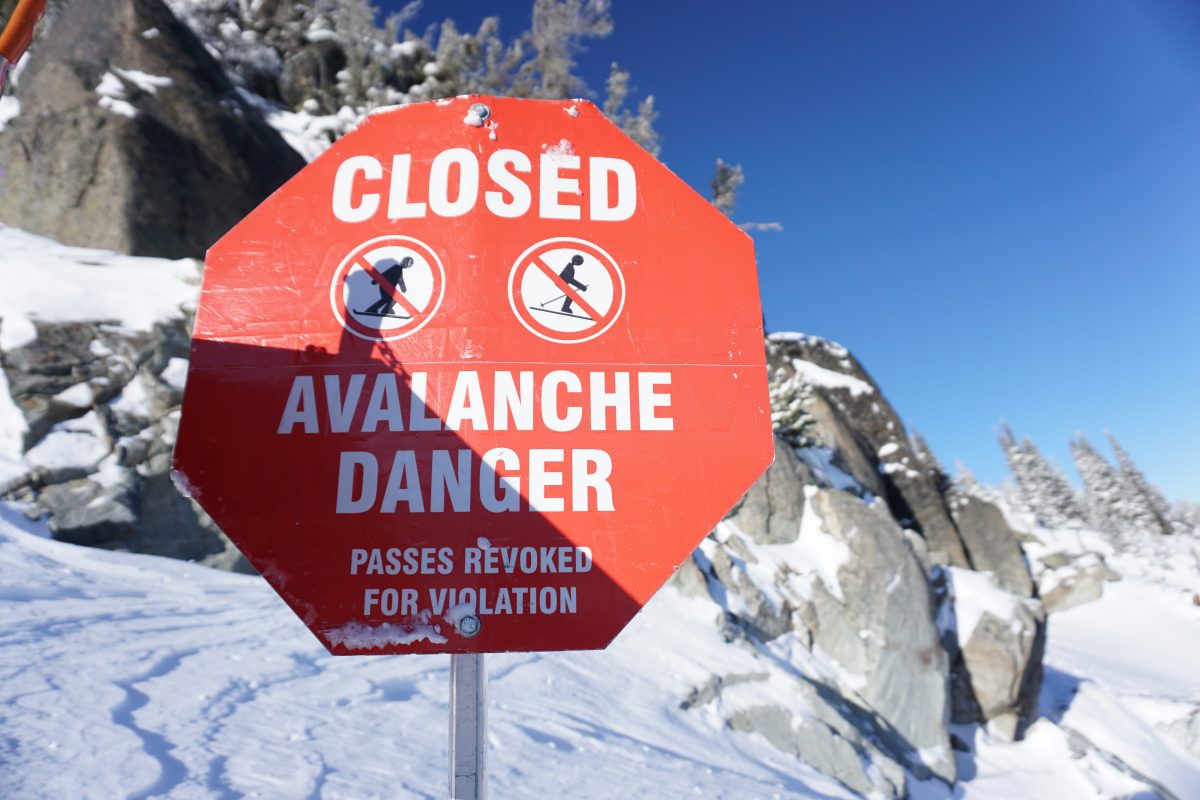
Upon diving into the backcountry, I quickly learned that I know very little about it. There is an indefinite amount of learning and experience that can help prevent a disaster or prepare you in the event of an emergency. If you’re planning on heading out there, it’s important to know how to identify and assess risks and an AST 1 (Avalanche Safety Training) course will get you started with the basics.
If you’re not ready to commit to the training just yet, there are tons of guided tours available in Whistler, which are great if you want to test the waters or if you need someone to show you around the area.
6. I Will Never Get Sick Of The View Of Black Tusk

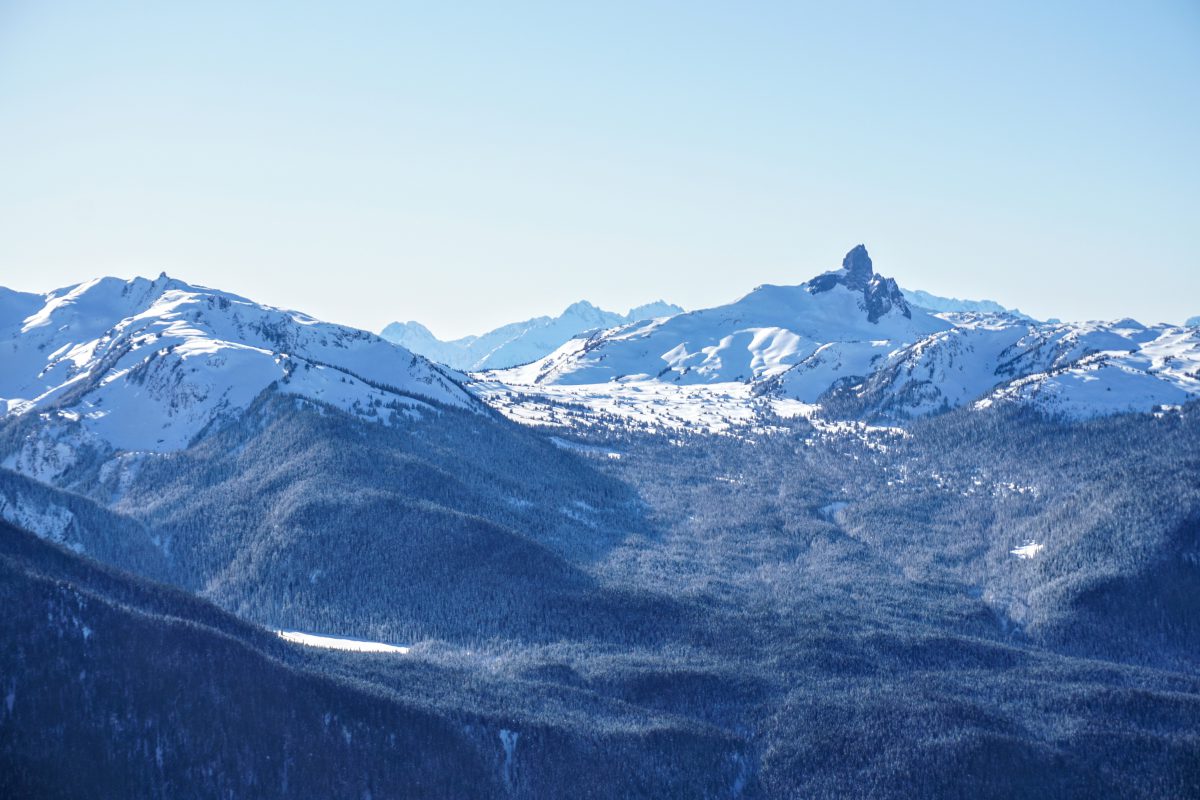
The most distinguishable peak in the Sea to Sky always makes for a banger photo. I’ve seen it from every angle (no joke, this hike takes you around the backside), at sun up and sun down, in storms and in blue skies but its beauty is never lost on me.
Incredible views are just one of the reason the backcountry calls us – and gearing up to go beyond the ropes offers a whole world of opportunities to go out of your comfort zone and learn physical and mental skills. Find more backcountry resources for Whistler below, and discover tours and training for all levels of backcountry experience at Whistler.com.
Whistler Backcountry Resources
Local Snow Conditions and Research
Backcountry Avalanche Advisory
Wayne Flann Avalanche Blog
Avalanche.ca
Escape Route Reports
Back Country Skiing Canada
Avalanche Safety Courses & Guides
Mountain Skills Academy & Adventures (Providers of the Intro to Backcountry Tour named here – thank you!)
Extremely Canadian
Altus Mountain Guides
Coast Mountain Guides
Powder Guides Ski Adventures
Whistler Backcountry Gear Gurus
Excess Backcountry
Escape Route
Showcase Snowboards
Prior Snow
Facebook Groups
Team Avalanche
South Coast Backcountry Touring
Whistler Backcountry Travel Club
MTN Howl

